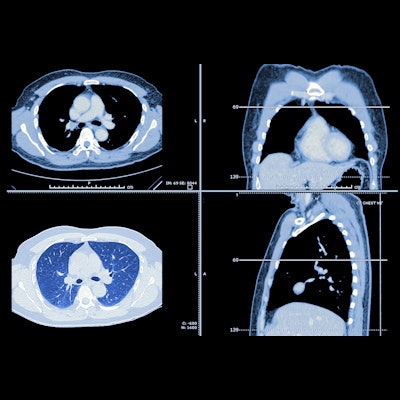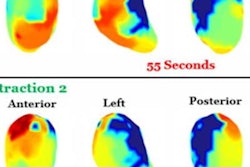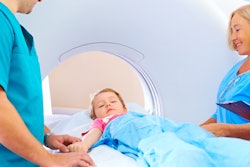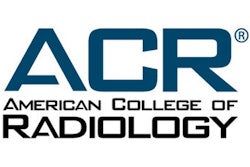
Is CT the best modality for detecting serious disease in infants with congenital lung malformations? Perhaps not, according to research published on June 30 in JAMA Network Open.
The study suggests that clinicians must be careful when it comes to distinguishing malignant from benign lung abnormalities in very young children -- especially since this task influences care and treatment decisions, wrote a team led by Dr. Abigail Engwall-Gill of Johns Hopkins University School of Medicine in Baltimore.
"The ability of cross-sectional imaging to discern between malignant and benign cystic lung lesions is of critical importance in guiding preoperative counseling discussions with families and in deciding whether to proceed with [surgery]," the group noted.
Congenital lung abnormalities in children can manifest as bronchogenic cysts, lobar emphysema, and pulmonary airway malformations, and CT is often used to identify them, the team noted. These conditions are associated with a range of diseases, including cystic pleuropulmonary blastoma (PPB), which is a potentially life-threatening tumor associated with a genetic variant called DICER1. PPBs can be mistaken for benign congenital pulmonary airway malformations on CT studies, which casts doubts about whether CT is the best tool to identify lung abnormality malignancies in this patient population.
Engwall-Gill and colleagues investigated whether pediatric radiologists could discern PPB from congenital lung malformations on CT images, and whether there are particular characteristics of cystic PPB that appear on CT exams. To do so, they conducted a study that included data from 477 children with 521 lung lesions that were identified on CT imaging and surgically resected between January 2009 and December 2015.
Of 477 children, 40 were age-matched and chosen for detailed review of preoperative CT scans; out of these, there were nine cases of PPB and 20 cases of congenital pulmonary airway malformations (the remaining children had other conditions). Median age at initial CT was 7.3 months.
The team assessed CT's accuracy, sensitivity, and specificity for correctly identifying malignant tumors and evaluated inter-reader agreement among nine pediatric radiologists (lower than 0.50 = poor, 0.50-0.74 = moderate, 0.75-0.90 = good, and higher than 0.90 = excellent).
The investigators found that CT only had sensitivity of 58% for this application:
| Performance of CT for detecting malignant cystic pleuropulmonary blastomas | |||
| Measure | Percentage | ||
| Accuracy for distinguishing benign versus malignant lesions | 81% | ||
| Sensitivity | 58% | ||
| Specificity | 83% | ||
The team also found poor inter-reader reliability (Kappa coefficient, 0.36), and that there were no CT characteristics significant enough to distinguish between malignant and benign lung abnormalities.
The bottom line? CT doesn't appear to be the best way to identify malignant lung abnormalities in young children, the authors concluded.
"CT scans have limited diagnostic accuracy in terms of distinguishing between benign and malignant cystic lung disease," they explained. "Consistent with the difficulties in accurately diagnosing [congenital lung malformation] lesions in general, these data validate the handful of radiology report-based studies that document a high rate of misdiagnosis of cystic PPB lesions as benign disease."
So, what can be done? It may come down to surgery, according to Dr. Andrew Murphy of St. Jude Children's Research Hospital in Memphis, TN. Murphy wrote a commentary that accompanied the study.
"Given the inability to reliably differentiate congenital lung malformations from PPB, these data provide additional support for operative management of cystic pulmonary lesions that are initially diagnosed at birth," Murphy wrote. "These data also suggest that DICER1 germline testing should be performed in infants with asymptomatic cystic pulmonary lesions first diagnosed after birth for whom the proposed management strategy is observation without surgical intervention."





















